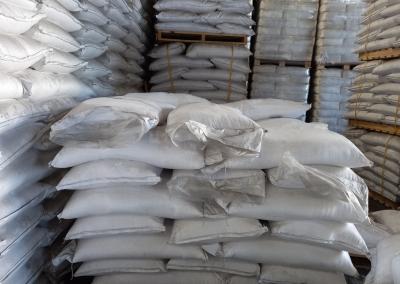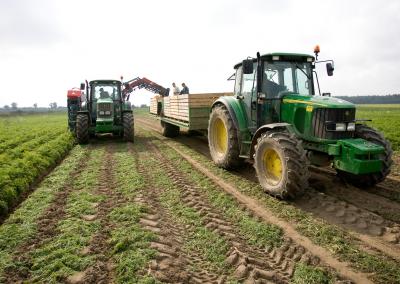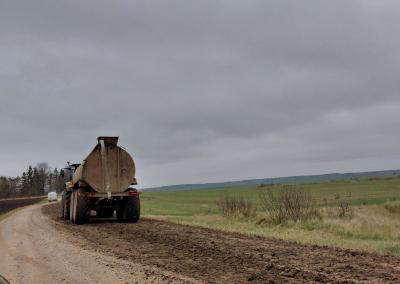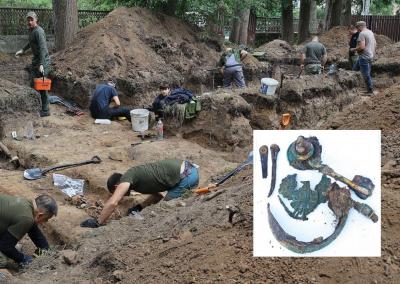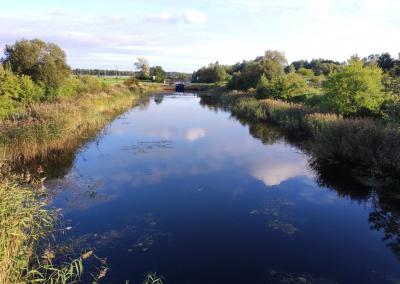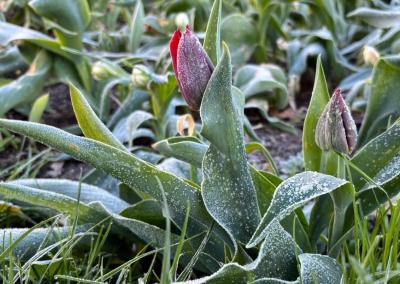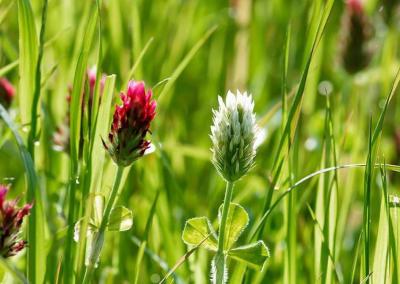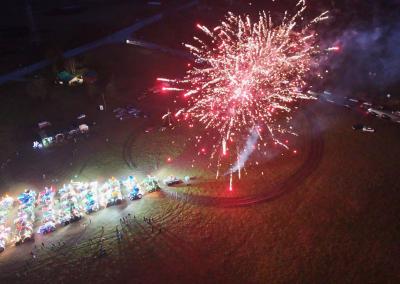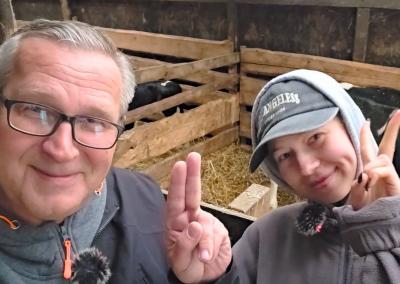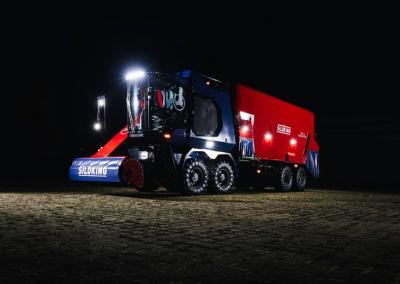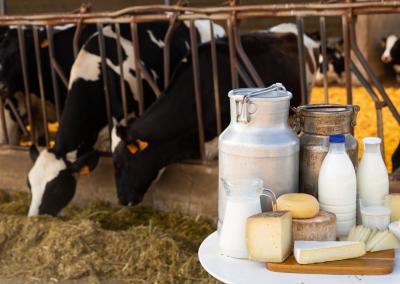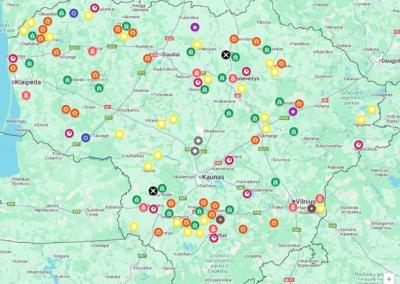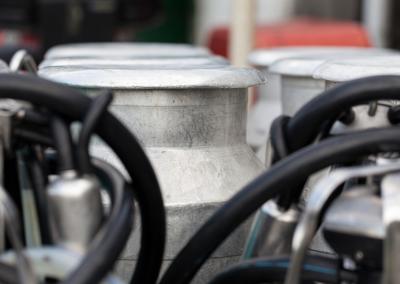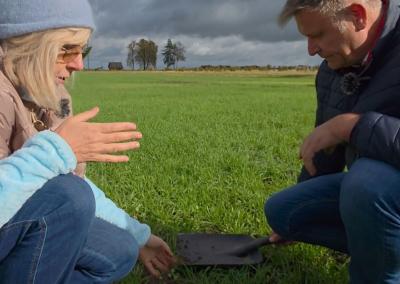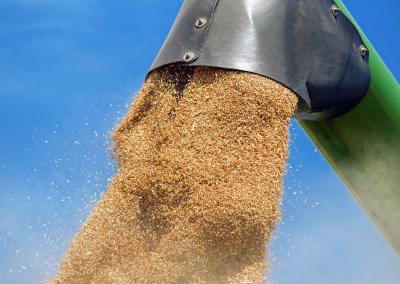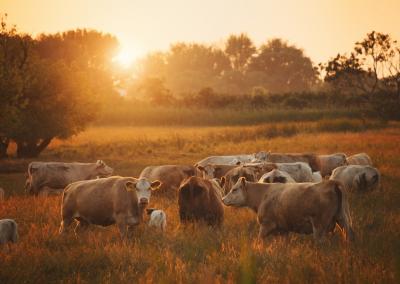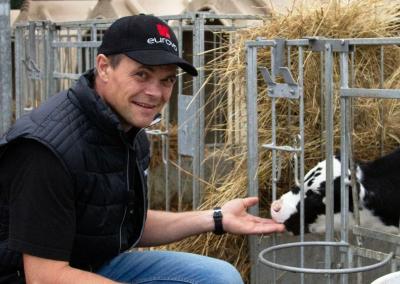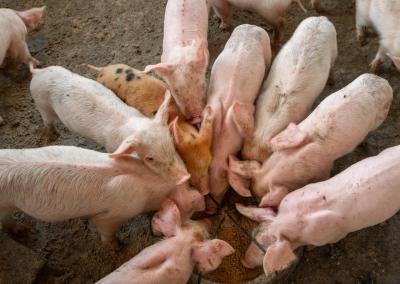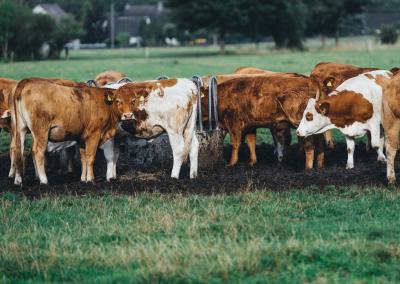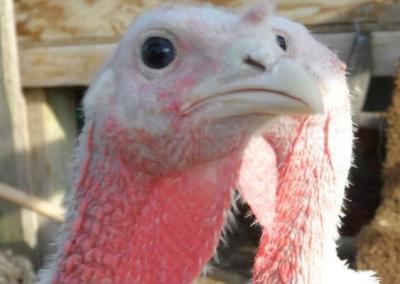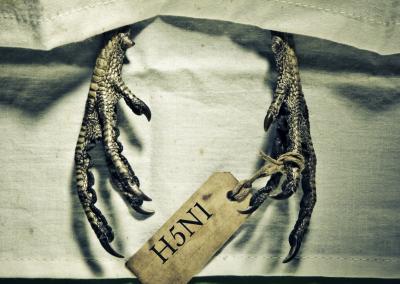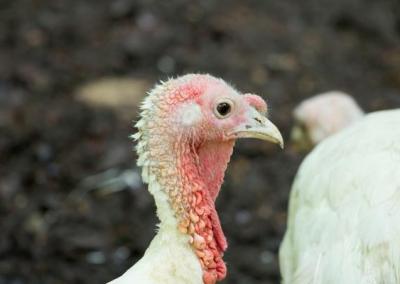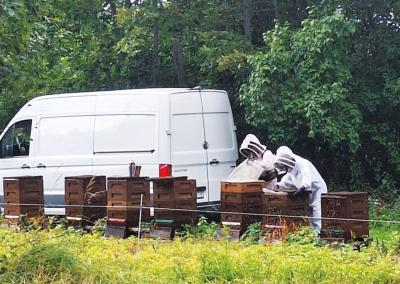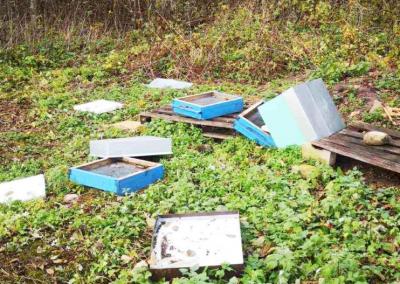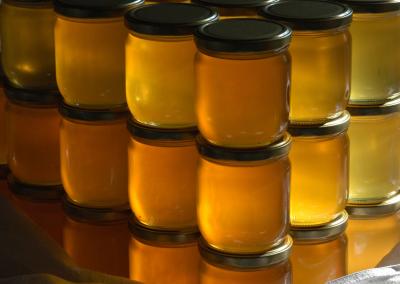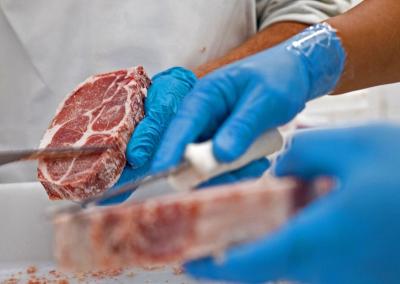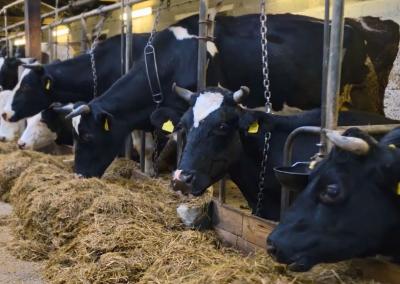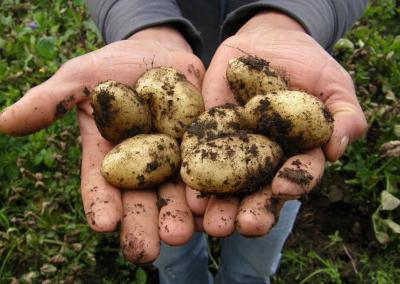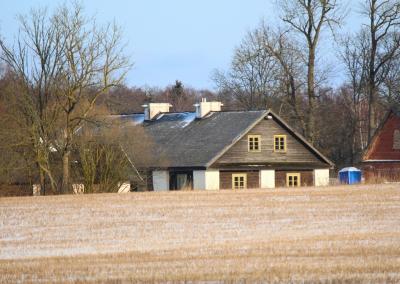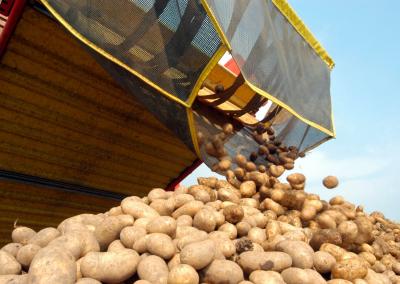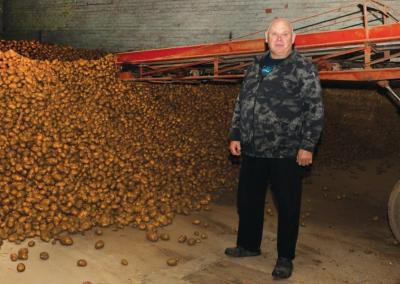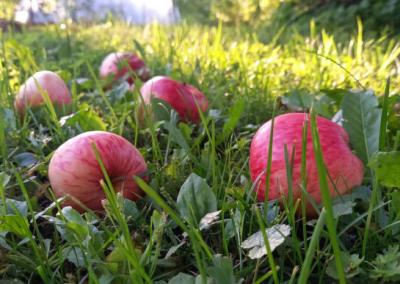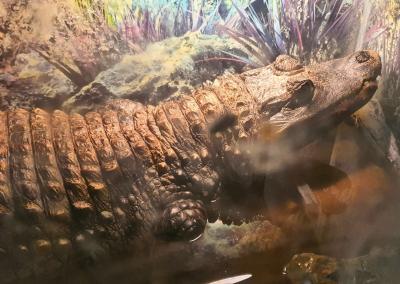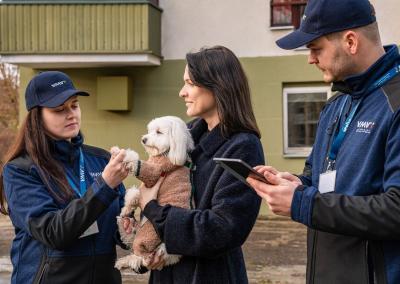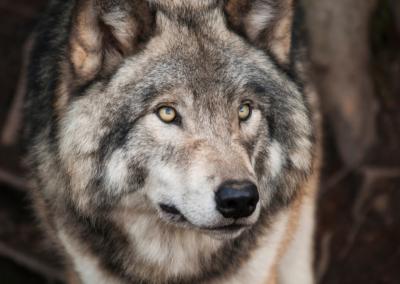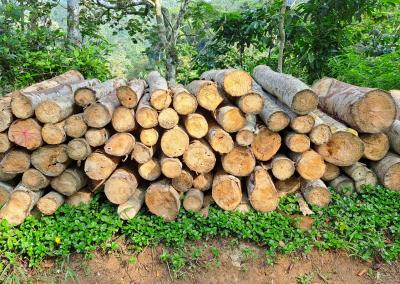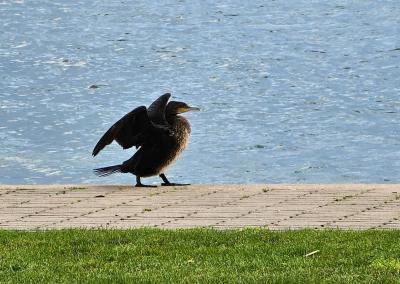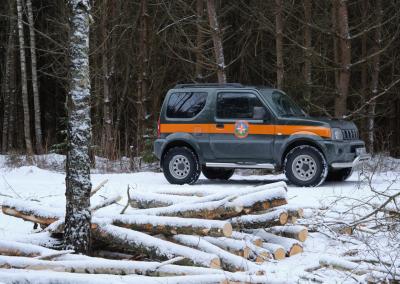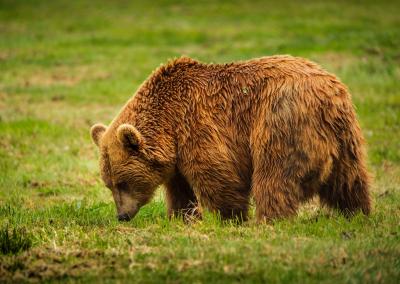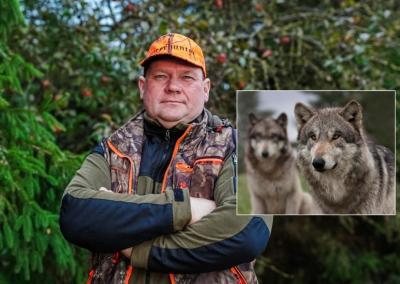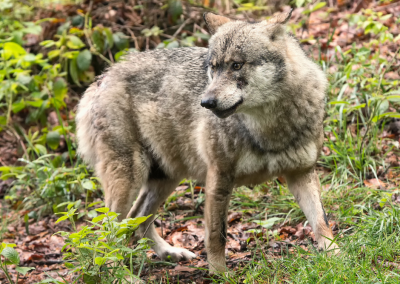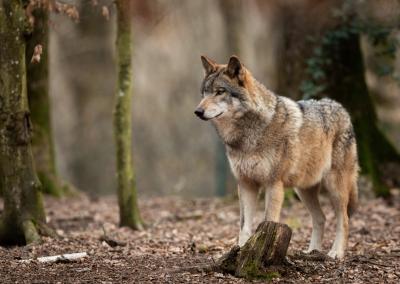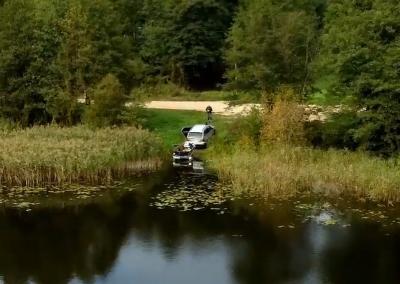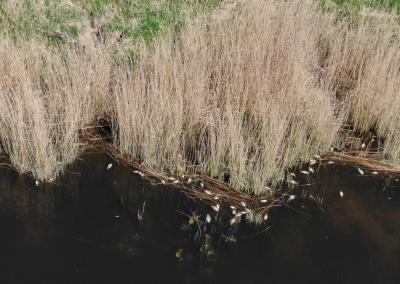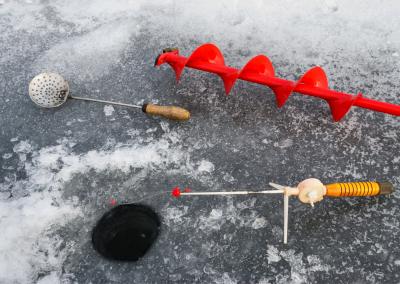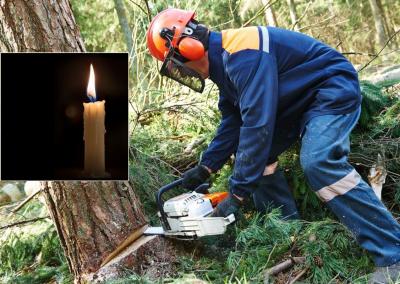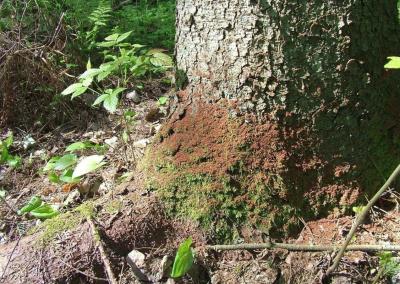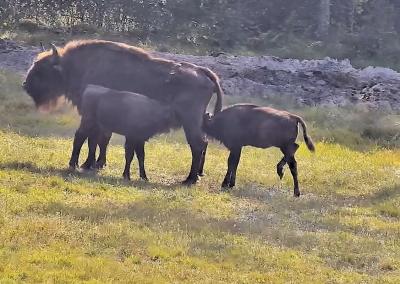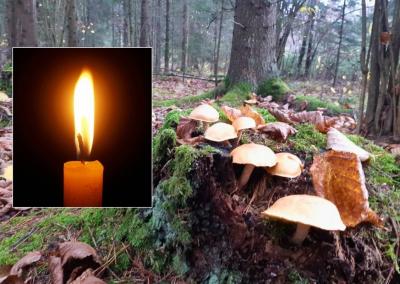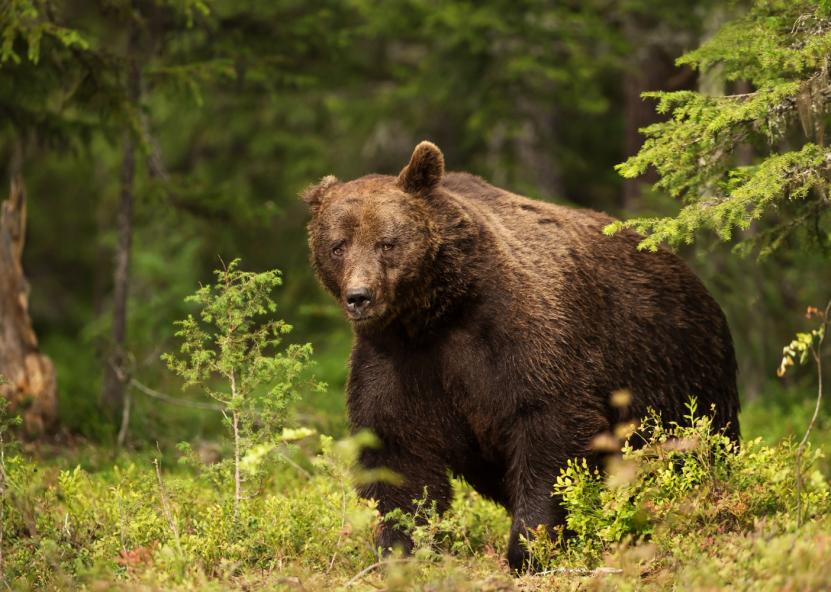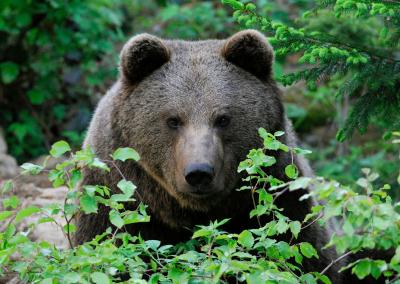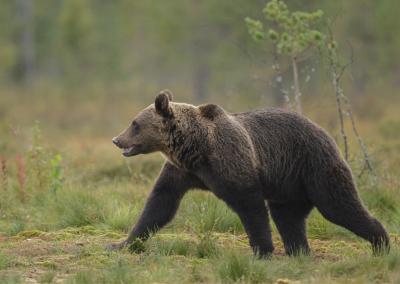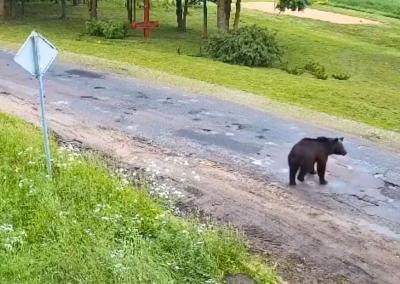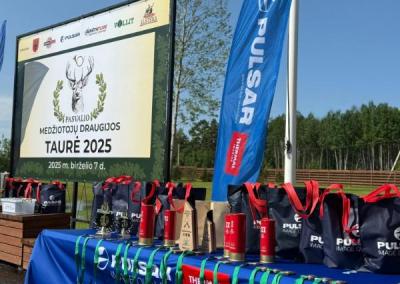Bear near Kaunas - Brown bear captured in a forest
This year, it's like a real bear-watching craze in Lithuania. More and more people, especially hunters, are recording brown bears and sharing their information with the Lithuanian Hunters and Fishermen Society (LHFS). Although until now the bears have been mostly seen in the eastern parts of the country - Šalčininkai, Švenčionys, Ignalina, Ukmergė, Kupiškis, Rokiškis and Biržai districts - this time one bear was spotted not far from Kaunas.
„A red bear has been spotted at a game baiting site set up by hunters 20 km from Kaunas! On this night, hunters' cameras, albeit briefly, but clearly filmed a passing bear in Mikalinė forest, Šilavotas municipality, Prienai district. It is about 12 km from Prienai and about 20 km from Kaunas“, – announces the LWF „Facebook“ account.This is not the first time this year that a bear has visited this part of the country – just a week ago, a brown bear was spotted in the Marijampolė district, in the vicinity of Igliškėliai village and in the Pāli forest.
LMŽD chairman Laimonas Daukša has said that Lithuania is probably home to at least several bears. According to him, not only are these animals increasing in number, but also the public is becoming more active – sharing videos, photos, impressions. This is not unexpected: about 150 years ago, bears were a common part of the Lithuanian fauna, only to become almost extinct due to intensive hunting and to be included in the Red Data Book. They are now slowly making a comeback, both from Latvia, where they number around 150, and from Belarus, where the population is even more numerous.
What is there to know about brown bears?
The brown bear (Ursus arctos) is Europe's largest land predator. Males can weigh up to 300 kg and rarely more. Females are smaller – they often weigh around 150 – 200 kg. Bears are characterised by a large body, short but powerful limbs, a hump at the shoulders and long, dense fur that can vary in colour from light brown to almost black.
Although they are considered predators, brown bears are actually omnivores. Their diet is dominated by plant foods – berries, roots, mushrooms, nuts. They also eat insects, anthills, fish, and often do not refuse dead animals or even the cubs of weaker animals. Bears are great smellers – they can smell food from a distance, even if it is hidden under a thick layer of snow.
Rarely active from spring to late autumn. They hibernate for the winter – they find a safe, secluded place – usually a thicket, an old cave or a dug-out den – and spend the cold season there. Females usually raise their young during the winter – in January or February, and leave the den with them in the spring.
Despite their size, bears are shy and avoid people. However, in recent years in Europe, they have been increasingly recorded near settlements, roadsides, even gardens and farms. This may be linked to increasing populations and the search for food. Experts urge people not to feed bears, to stay away from them, and to notify the authorities or the local hunting club if they find tracks or other signs of them.
The red bear is not only a menacing forest host, but also a very important ecosystem element whose return to Lithuanian nature is a natural process. The only thing left to do is to learn how to coexist and behave responsibly.
